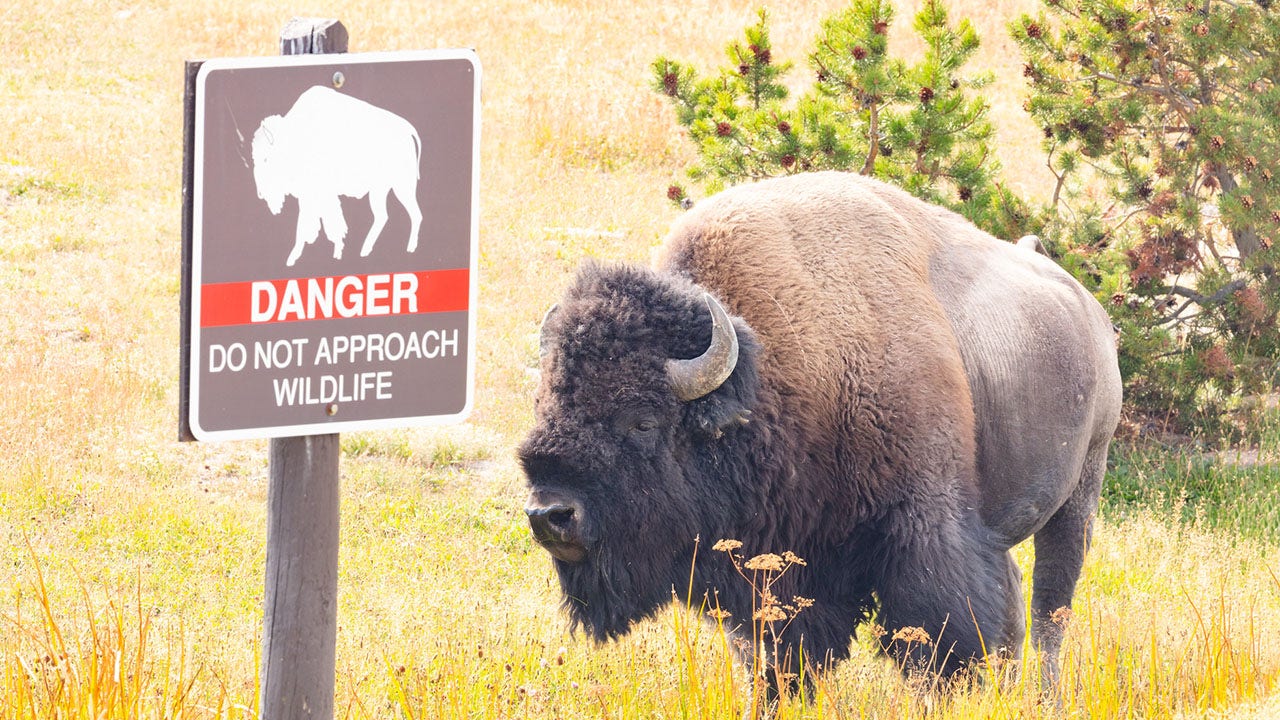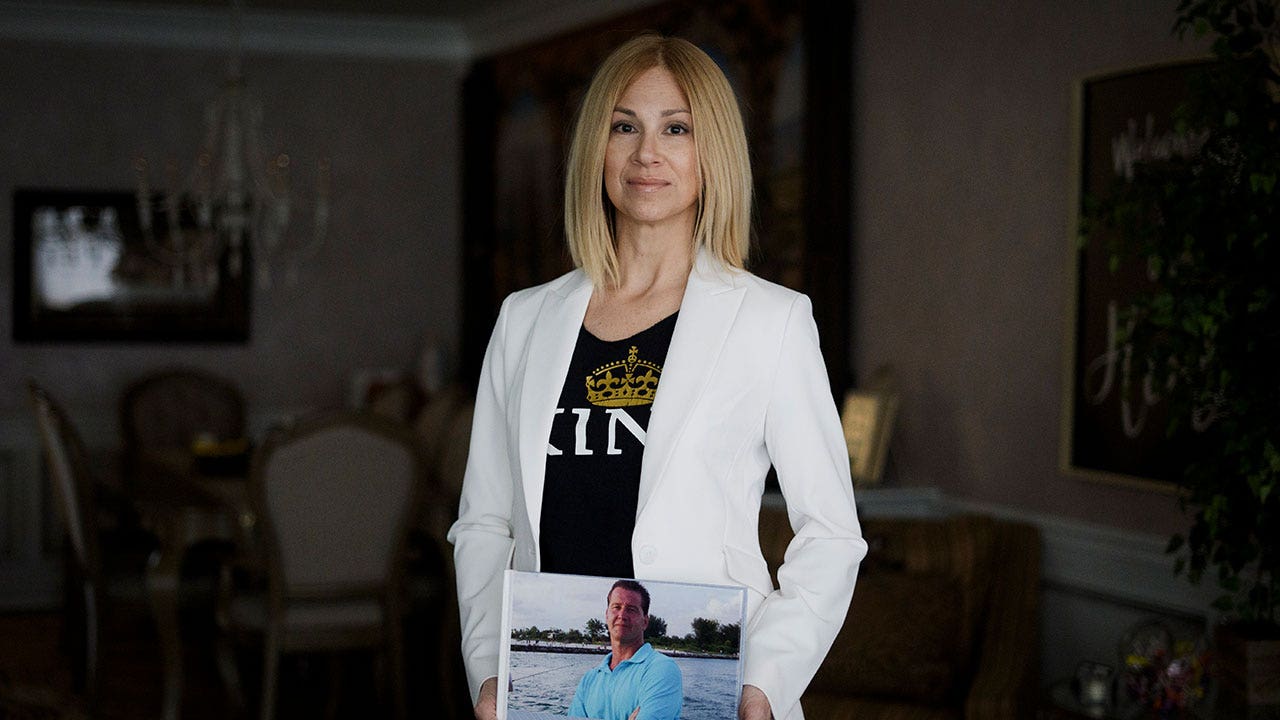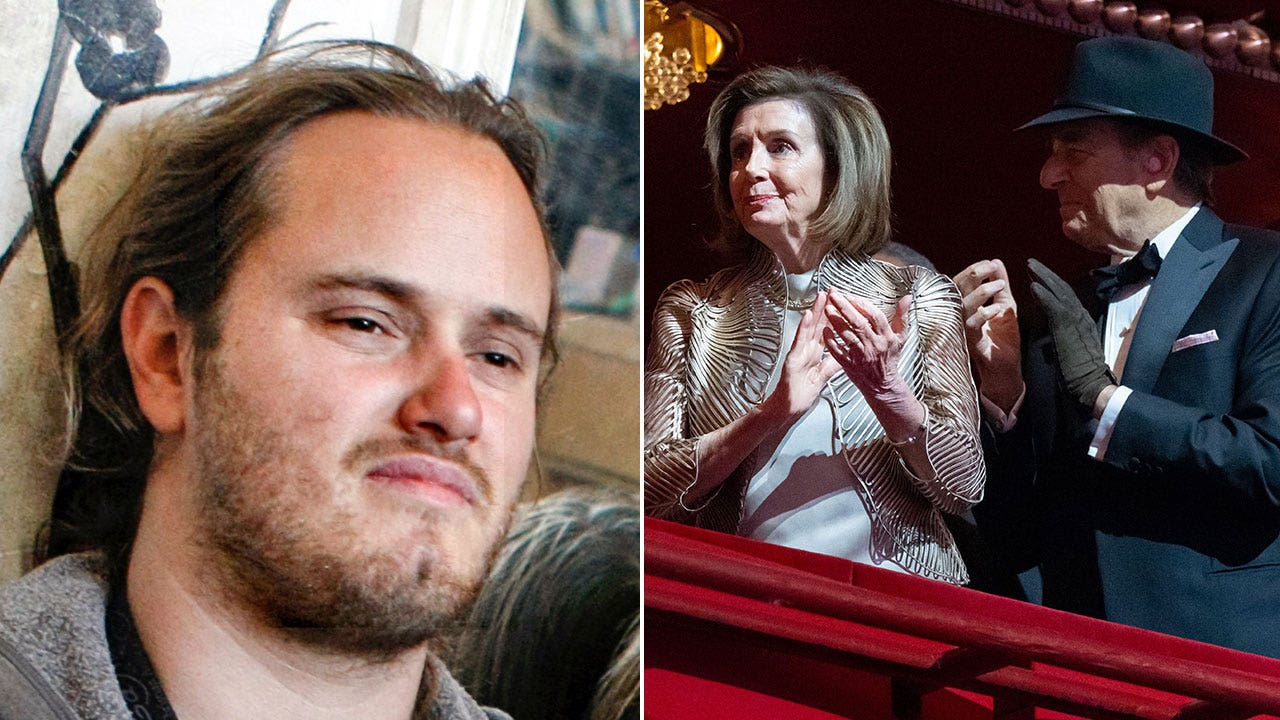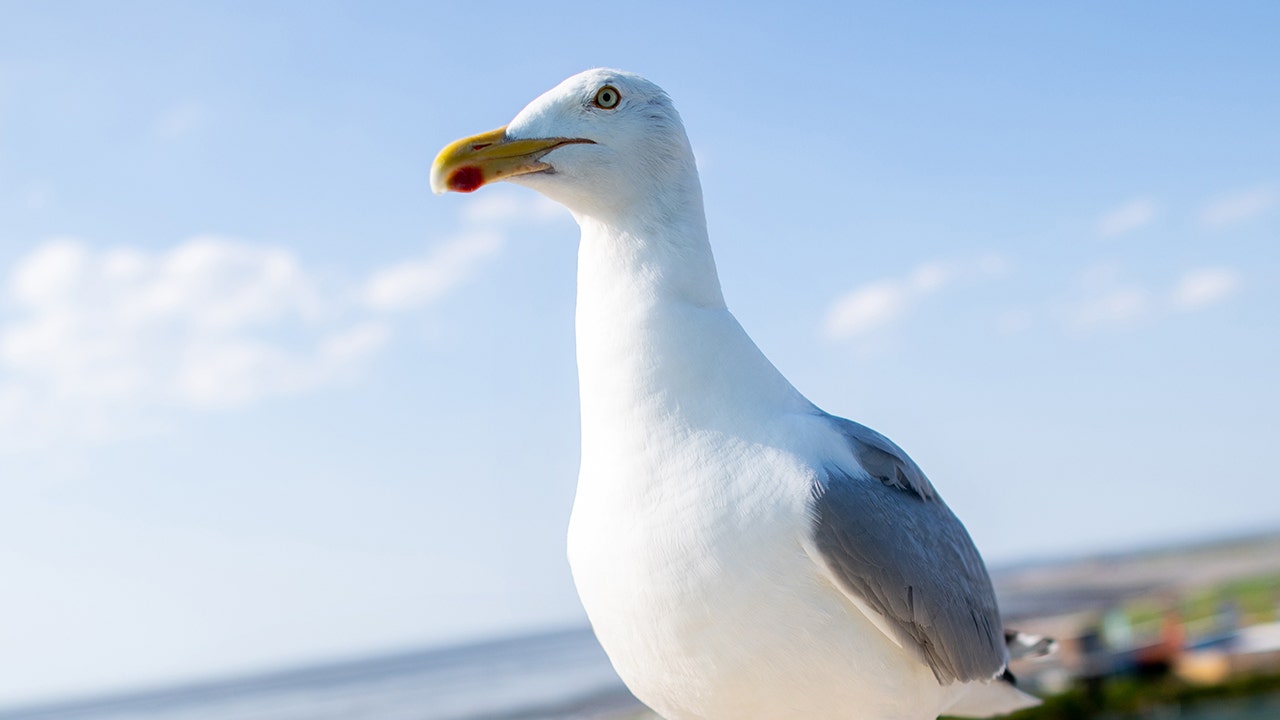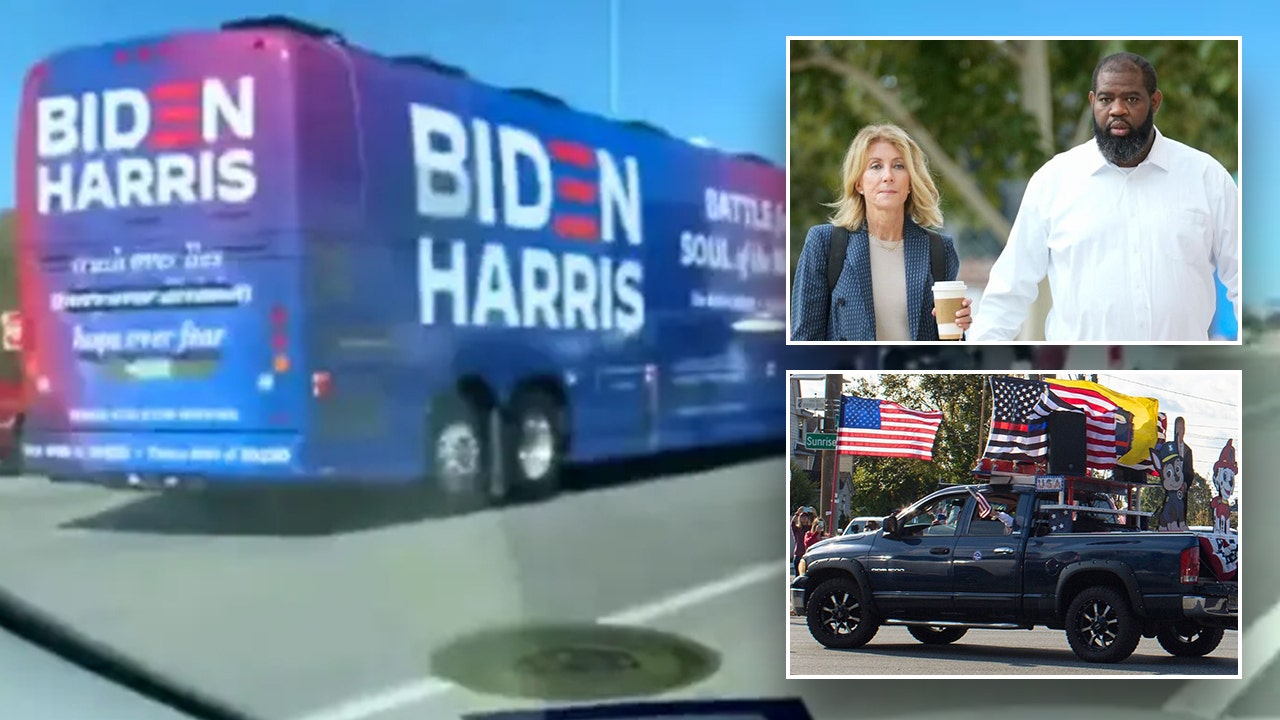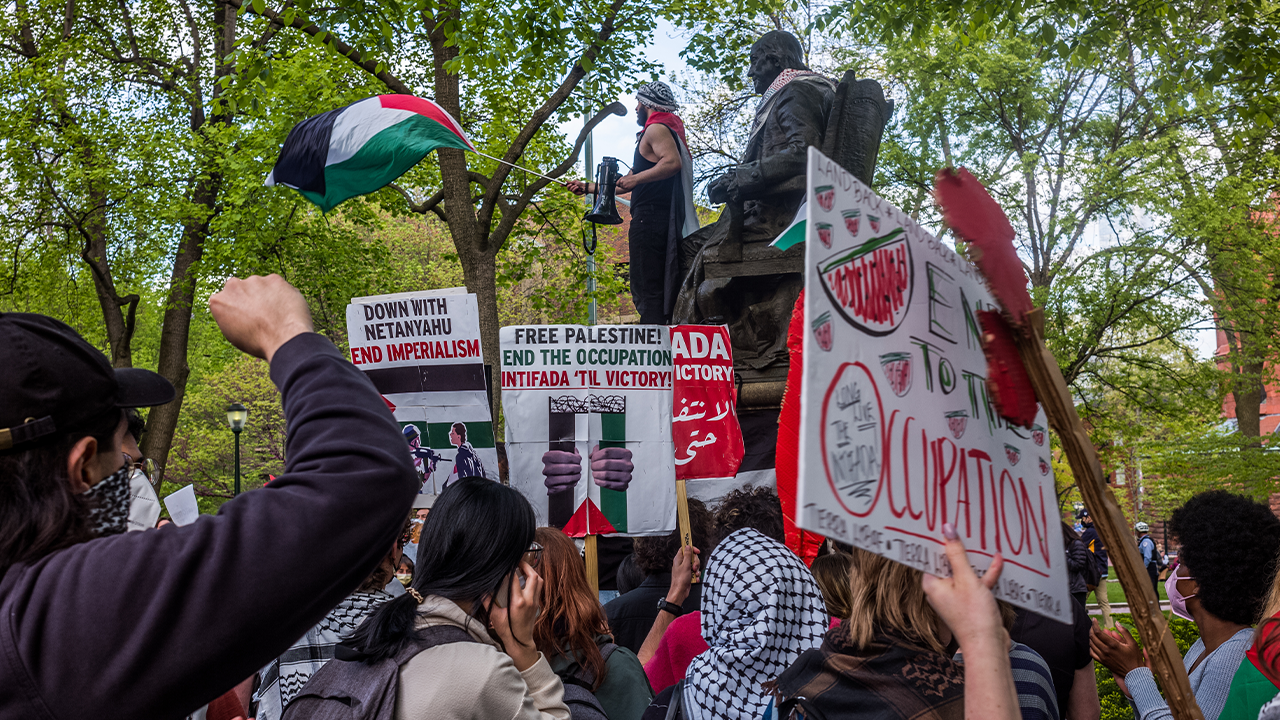As the sit-ins, teach-ins and die-ins continued, however, that began to change. Pro-Israel groups held counterdemonstrations, and tensions built on Columbia’s small, enclosed central campus. “In the past, demonstrations were basically students protesting against the establishment, and that was, you know, unidirectional and fairly straightforward,” the president of Columbia, Minouche Shafik, said in late May, in her first interview since December. “In this crisis,” she went on, “students are opposed to other students, faculty opposed to other faculty. And those internal dynamics and tensions have made this much more difficult than past episodes.” Outside Columbia’s library, several Israeli students were physically attacked after they confronted another student tearing down posters of Israelis held hostage by Hamas. Students wearing hijabs and kaffiyehs reported being called “Jew killers” and terrorists.
By Oct. 25, when S.J.P. and J.V.P. staged a walkout of college classes, “our relationship with the administration was really crumbling,” Jones recalled. Two days later, Israel’s invasion of Gaza began. On the night of Nov. 8, with another demonstration planned for the next day on the steps outside Low, a faculty adviser told the organizers that they were out of compliance with school rules and asked them to postpone the event. They did not, and the university suspended them.
When Jaffer heard the news, “I said, ‘Suspending the groups seems like a very draconian penalty for that offense,’” he recalled. When the administration in a public statement also cited the groups’ “threatening rhetoric and intimidation,” Jaffer grew more concerned: What speech crossed that line? In an open letter, he asked Columbia for an explanation.
The university didn’t publicly provide one, and the organizations received mixed messages from the administration. In a meeting with the student groups at the end of November, one administrator said that while the groups had not violated speech rules, Israeli students could hear accusations that Israel was committing genocide or was an apartheid state as an incitement to violence. “I left that meeting extremely confused,” said Maryam Alwan, an organizer of the S.J.P. chapter.
Shafik said this month that the suspensions of S.J.P. and J.V.P. were “content neutral” — they were about breaking the rules regarding demonstrations, not political views. Regardless, the university’s decision lit a fuse. In the months that followed, as the invasion of Gaza continued and civilian casualties mounted, dozens of student groups rallied in solidarity with S.J.P. and J.V.P. On April 17, Shafik asked the New York City Police to clear a pro-Palestinian student encampment on the Columbia lawn. That move, which included dozens of arrests, in turn sparked a wave of demonstrations at universities across the country. Columbia protesters rebuilt their encampment and, on the night of April 29, some of them stormed the school’s Hamilton Hall, occupying the building and locking and barricading the doors. At Shafik’s request, a large deployment of police returned to campus the following night, raiding the building and arresting its occupiers.

